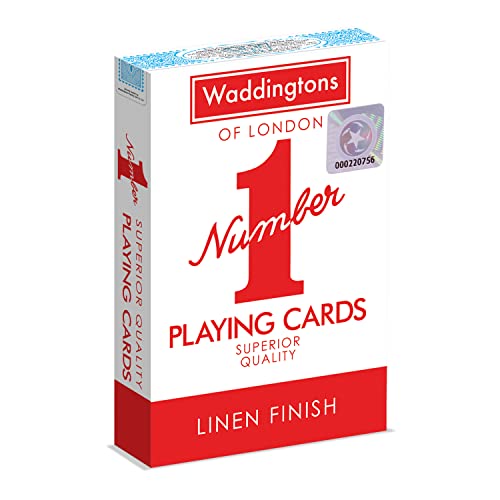The Purpose of a Joker Card in Playing Cards
Playing cards have been a popular form of entertainment for centuries, and they usually consist of four suits – hearts, diamonds, clubs, and spades – as well as a variety of numbered and face cards. However, there is often one additional card that stands out from the rest – the joker card. This card, often depicted as a jester or a clown, has a special role in many card games and is known for its unpredictable nature. So, what is the purpose of a joker card in playing cards? Let’s explore.
Adding Excitement and Variation to Games
The primary purpose of a joker card is to add excitement and variation to card games. In many games, the joker card is considered a wild card, meaning it can be used as any other card in the deck to complete a winning hand. This adds an element of surprise and strategy to the game, as players must consider the possibilities and potential combinations that can be formed with the joker card.
Furthermore, the joker card can also serve as a penalty or bonus card in certain games. For example, in some variations of Rummy, if a player is caught with the joker card in their hand at the end of the game, they receive penalty points. In contrast, if a player manages to meld the joker card into a valid set or sequence, they receive bonus points. This adds an extra level of skill and risk to the game and keeps players on their toes.
Used in Specific Card Games
While the joker card is not used in every card game, it plays an essential role in certain specific games. For example, one popular game that involves the use of a joker card is Poker. In Poker, the joker card is often used as a wild card and can be used to complete a winning hand. It can represent any value or suit, depending on the rules of the game being played.
Another game that frequently incorporates the joker card is Euchre. In Euchre, a trick-taking game played with a standard deck of cards, the joker card is called the “best bower” and is the highest-ranking trump card. This adds an extra layer of complexity to the game, as players must strategize and anticipate the potential impact of the joker card on each hand.
Symbolic Representations and Collectability
In addition to its functional purpose in card games, the joker card also holds symbolic and collectible value. The joker card is often depicted as a whimsical and mischievous character, symbolizing the unpredictable and unexpected nature of life. This symbolism has made joker cards popular among collectors and has led to the creation of numerous artistic and creative interpretations of the joker card.
Some collectors specifically seek out decks of cards with unique or rare joker cards, adding to the value and exclusivity of their collection. Manufacturers and artists have also embraced the artistic possibilities of the joker card, creating elaborate and intricate designs that showcase their creativity and craftsmanship.
Cultural and Historical Significance
Finally, the joker card holds cultural and historical significance in the world of playing cards. The origins of the joker card can be traced back to the game of Euchre, which was popularized in the mid-19th century. The joker card was introduced as an extra trump card, often represented by a jester or a court jester.
Over time, the joker card has become a staple in the standard deck of cards, even though its use may vary from game to game. Its enduring presence in card games reflects the enduring popularity and appeal of this unique and versatile card. Whether it’s used as a wild card, a symbol of mischief, or a prized collectible, the joker card continues to captivate and entertain card players around the world.






